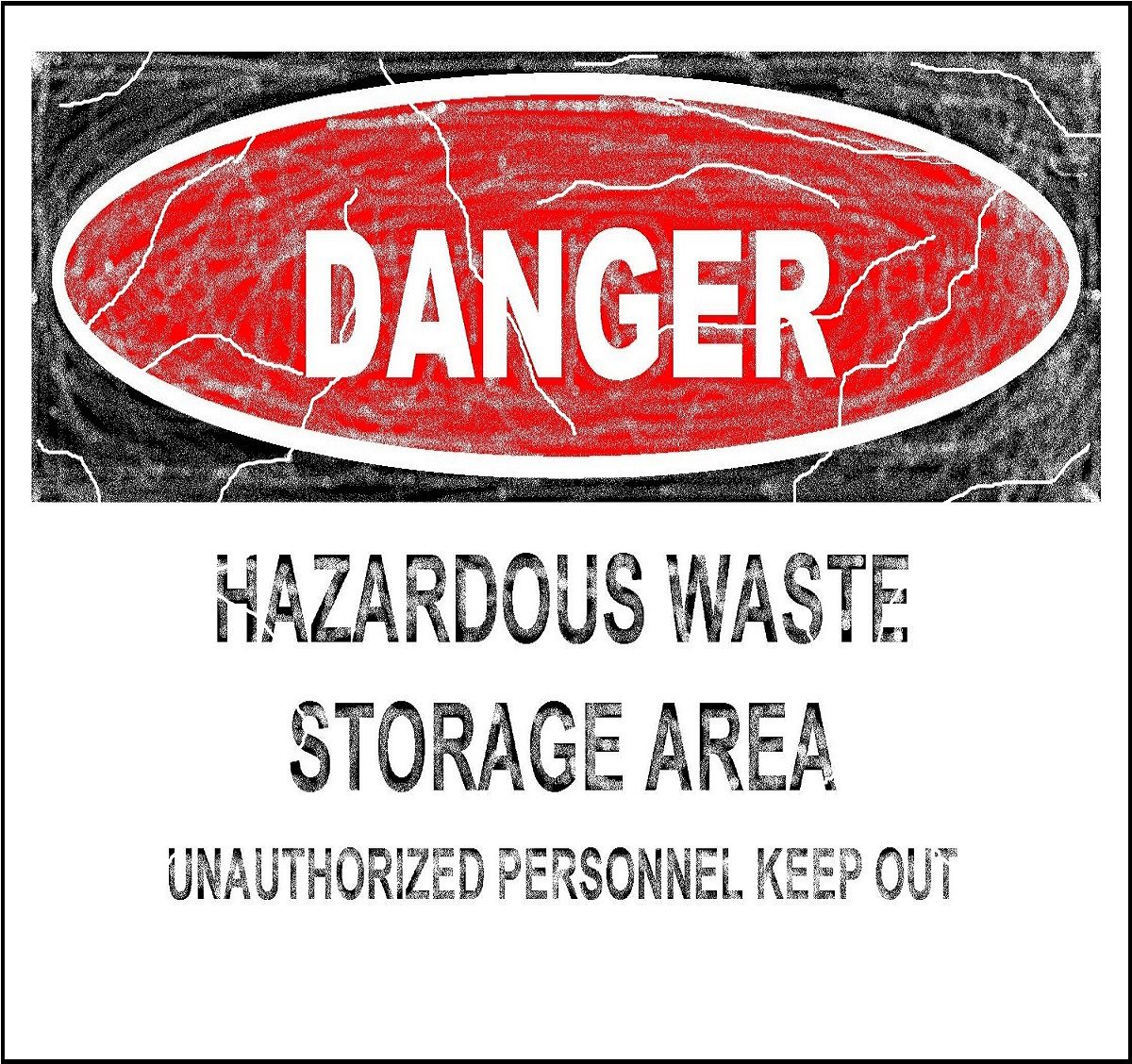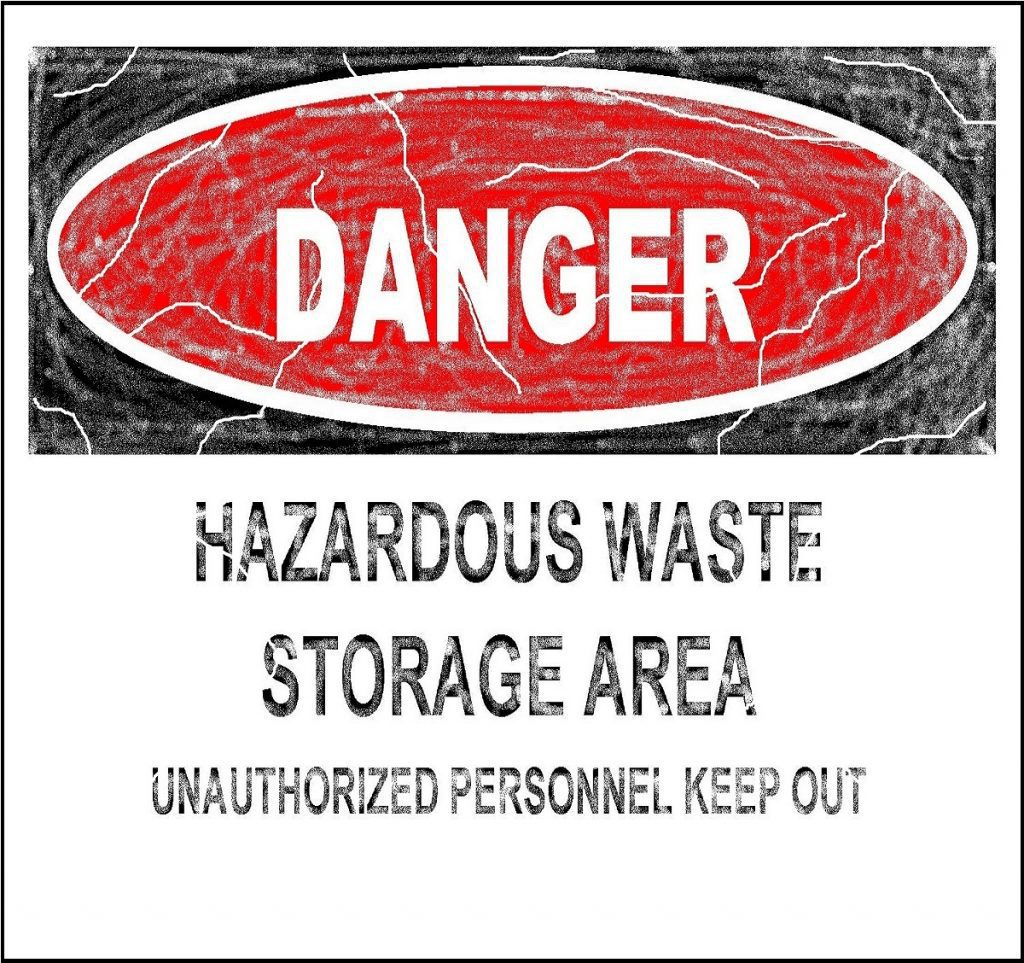
Facility Permitting Regulations Now Require Additional Training

Written by: Joe Mangiardi, NES, Inc.

Facility permitting regulation changes add new required training elements for TSDFs and LQGs starting in 2019.
Hazardous Waste Facility Permitting Regulations
Final regulations, entitled Hazardous Waste Facility Permitting Criteria, have recently been published by the California Department of Toxic Substances Control (DTSC). These finalized amendments to California Code of Regulations, Title 22, Division 4.5 will affect many California large quantity generators (LQGs) of hazardous waste and transfer, treatment, storage, and disposal facilities (TSDFs) beginning January 1, 2019.
Released for the first of three eventual public comment periods on September 22, 2017, the hazardous waste facility permitting amendments impose requirements on affected facilities in five main areas; these areas, as stated in the DTSC September 2017 Response to Comments, are as follows:
- New violations scoring procedure requirements
- New community involvement profile to enhance public participation requirements
- Additional financial assurance requirements for corrective action
- Additional training requirements
- New health risk assessment requirements
This proposed rulemaking was first reported on by NES in the September 2017 article Hazardous Waste Permitting: Proposed Regulations Changes.
DTSC explains the impetus behind the modifications to facility permitting rules as being a furtherance of efforts to foster enhanced transparency and consistency in permit decisions and to deter hazardous waste facilities from noncompliance with applicable laws and regulations. An official document containing the revisions to the previous iteration of these regulations can be found here.
This article will focus on the additional training requirements to which generators and facilities will be subject as of 2019 (and 2021). These changes fall under California Code of Regulations, Title 22, §§66264.16 and 66265.16 (22 CCR 66264.16 and 66265.16), which govern the personnel training requirements for permitted owners/operators of TSDFs and interim status owners/operators of TSDFs (and LQGs), respectively.
Facility Permitting Regulations & New Personnel Training Requirements
Perhaps the most notable change to §§66264.16 and 66265.16 is the addition of text explicitly requiring owners/operators of TSDFs and LQGs to ensure employees complete training outlined in these sections as well as the annual hazardous waste operations and emergency response (HAZWOPER) training requirements of 8 CCR 5192 subsection (p) and the triennial DOT Hazmat Employee training requirements contained in Code of Federal Regulations, Title 49, §172.704 (49 CFR 172.704) for personnel who affect the safe transportation of hazardous waste and/or hazardous materials.
Note: see Key Exemption for LQGs below.
The regulations now state that hazardous waste management training relevant to employees’ workplace duties is to be directed by a qualified individual and is to cover, at a minimum, “contingency plan implementation and the identification and segregation of incompatible hazardous waste or product.”
Emergency response training must also be provided. This training is to be constructed such that facility personnel are made familiar with emergency equipment and systems and proper prevention, mitigation, abatement, and notification procedures. Where applicable, emergency response training must include the following:
- Procedures for using, inspecting, repairing, and replacing facility emergency and monitoring equipment
- Key parameters for automatic waste feed cut-off systems
- Communications or alarm systems
- Response to fires or explosions
- Response to groundwater contamination incidents
- Shutdown of operations
- Self-protection measures*
- Accident prevention methods*
*These last two elements have been added in the recent facility permitting changes; the previous six had formerly been required.

Employees at affected businesses must be acquainted with certain emergency response information particular to their workplace in order to be prepared in the case of an emergency.
Training must be provided within 180 days of employment/assignment at a facility or transfer to a new position. The above described hazardous waste management and emergency response training must be reviewed annually by facility personnel.
Beginning on July 1, 2019, an affected employer’s training program must now also include general awareness training and function-specific job training, both of which are required to be reviewed every 24 months. The general awareness training must provide personnel with a description of the facility and its operations as pertinent to Title 22, Chapter 14 or 15 (as applicable) and must incorporate security and safety training elements. For function-specific job training, the facility owner/operator must ensure employees who are involved with hazardous waste management operations complete training relevant to any and all procedures applicable to their job tasks.
Training records are to be maintained until facility closure for all current employees and for three years from the final date worked at the facility by any prior employees. These records must include:
- Job title for each hazardous waste management position at the facility and the name of the employee filling each of these job positions
- Written job description for each of these positions
- Written description, to include a syllabus and/or outline, of the type and amount of initial and refresher training provided to each employee filling a hazardous waste management position
- Records signed/certified by the employee documenting that the appropriate training has been received
Effective March 1, 2021, the facility owner/operator must submit to DTSC an annual certification attesting to the completion of all applicable training for the previous calendar year. This will involve a signed statement by the owner/operator and is to include the hazardous waste management job title and name of the employees in those positions.
As DTSC does not regulate non-hazardous waste, the above training requirements apply only to hazardous waste operations.
Key Notes
DTSC points out in the September 2017 response document that these facility permitting regulations only apply to personnel who engage in the shipping of hazardous waste, and only facility personnel involved with hazardous waste management activities will need hazardous waste management training. However, DTSC states:
“The proposed general awareness training applies to all facility personnel, including administrative staff. To ensure the safety of all personnel (including administrative personnel), an overview of the facility description and operations is necessary as well as any security and safety considerations appropriate for specific personnel job duties. This is especially true for emergency situations. For their safety, facility administrative staff need to know what to do in emergency situations, such as fires, earthquakes, and upsets to hazardous waste operations.”

Even administrative personnel at workplaces that manage hazardous waste must be trained, according to recent regulatory amendments.
DTSC goes on to inform that initial and review training can be conducted in any suitable form: orally, written, online, through workplace drills or activities, etc. Method and duration of this training is at the employer’s discretion, provided that it is appropriate to employees’ specific job functions.
Of further note is the implication that, given the similarity to the newly established Hazardous Waste Facility Permitting Criteria rules, hazard communication training will, in essence, now be required annually (as part of the annual training review).
Key Exemption for LQGs
For interim status employers (LQGs) operating under the purview of §66265.16, the following exclusion pertaining to subpart (g) applies, as stated by DTSC in the September 2017 response document:
“…generators, who store hazardous waste pursuant to section 66262.34, are not subject to training requirements pursuant to title 8, California Code of Regulations, section 5192(p) or to the requirement to submit an annual statement to DTSC certifying that the training requirements have been met.”
However, the statement goes on to clarify that DOT training requirements under 49 CFR 172.704 do still apply when necessitated as function-specific training; general awareness and any other function-specific training would also still be required. Further clarified by DTSC is the following:
“Hazardous waste facilities that operate under generator requirements for hazardous waste generation, are in the business of handling hazardous waste and as a result, are subject to all these proposed training requirements. The exemption in section 66265.16(g) does not apply to hazardous waste facilities; only to hazardous waste generators.”**
**’Hazardous waste generators’ in this context refers to LQGs.
NES Environmental Training and Consulting
NES regularly provides a broad range of environmental health & safety training programs and consulting services on behalf of public and provide businesses throughout California and beyond. We know that staying in compliance with the ever-changing rules and regulations governing your operations can be challenging. If your business requires assistance providing training and/or deciphering applicable California regulations, please contact NES at 916-353-2360 / 800-637-2384 or via email at office@nesglobal.net.
References:
DTSC Information Webpage: Hazardous Waste Facility Permitting Criteria
